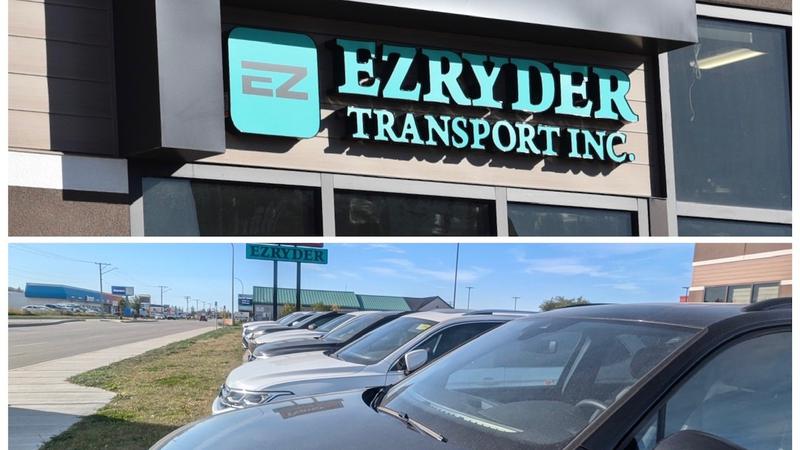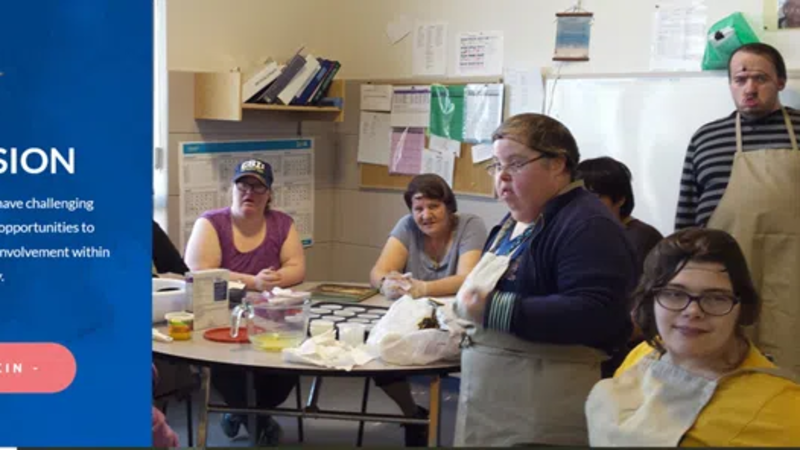
‘A death a day, basically:’ Saskatchewan’s overdose deaths hit nearly 300 for 2020
Saskatchewan’s death-by-overdose count is reaching totals that have never been seen before in our province.
“We’re having a death a day, basically,” Jason Mercredi, executive director of Prairie Harm Reduction, said Thursday.
“We had 60-plus deaths in a two-month span. The exponential growth curve on the amount of people dying is really disturbing.”
When looking at the numbers, which were recently released by a Saskatchewan Coroners Service report, 296 drug toxicity deaths have been confirmed or suspected from Jan. 1 to Oct. 26 in the province.


